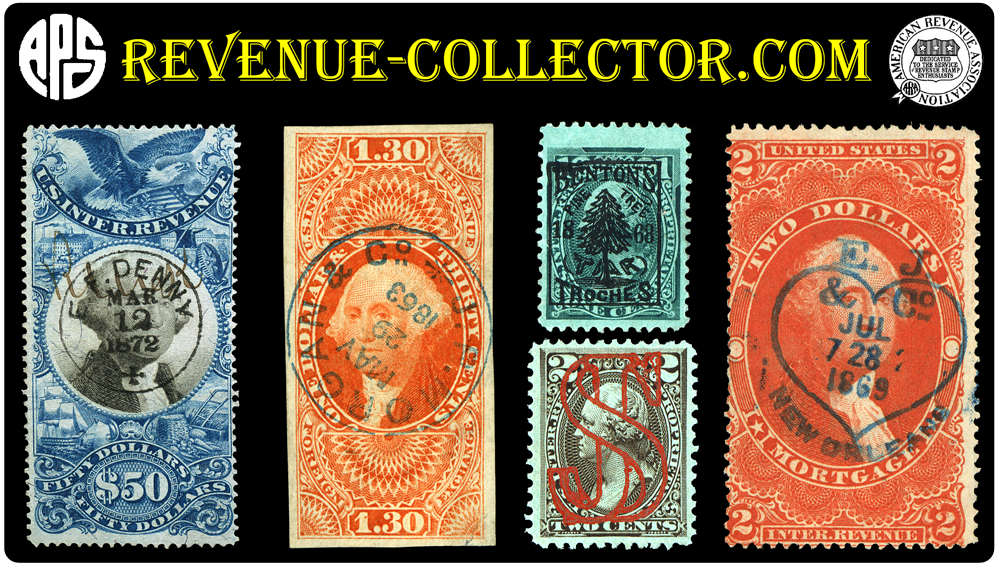
I am a member of the American Philatelic Society and the American Revenue Association, so purchase with confidence! If you have any questions or wants, please do not hesitate to ask.
Satisfaction guaranteed! Just email within 14 days of receipt and return promptly by insured mail for a no-hassle refund.
(Super-high resolution pictures below.)
I have personally examined and studied thousands of supposed 1st issue silk papers. It is one of my specialties. I have created an online reference page that goes into the subject in depth. I cannot link to it here, but it shouldn't be too difficult to figure out. ;)
The vast majority of 1st issue "silk papers" offered by dealers, both here on eBay and at shows, are not actual silk papers. They are regular papers with either bits of visible of wood pulp or debris, or something stuck to the back of the stamp.
Some things to be aware of:
- For a stamp to be a real 1st issue silk paper, the fibres in question must be blue threads. Not black. Not brown. Not gray. Blue!
- The silk paper was not introduced until very late in the 1st issue period. If a stamp is canceled before 1870, it is almost certainly NOT a silk paper (the exception being a transaction that was backdated to before the actual usage date, but those are very few and far between). The vast majority of legitimate silk paper 1st issue revenues will be dated from mid-1870 onwards.
- The paper is in general very opaque and frequently has somewhat of a yellowish cast to it. After a while you can start to recognize it on sight, in order to check closer for blue threads.
- There is extreme variance in both the density and nature of the blue silk threads across examples. Some stamps have many blue threads, whereas on others there may only be one thread (in fact I have pairs and blocks where only 1 stamp of the multiple shows the blue thread; this is why you will frequently find stamps that have all the telltale signs of being a silk paper, but cannot actually be proven such, due to the lack of the defining silk thread). Some blue threads are long and fine, whereas others are short and coarse.
- Be careful, as dark blue heavy and cut cancels were increasingly common during this period. What might at first glance appear to be a blue thread might be simply ink bleeding through from the front of the stamp. Be sure you can make out the individual thread.
- Strong lighting with 20x or higher magnification is essential. I also use a USB micrscope to hunt for blue threads.
If you are going to buy a "1st issue silk paper", insist upon high-resolution images showing the blue thread(s) clearly. The fewer silk threads in a stamp, the more critical it is that you have high-resolution pictures. Do NOT leave anything to guesswork!
Some of the silk papers are considerably more scarce than the Scott catalog values imply. As a general rule, I discount silk papers far less than other revenues, because real ones are in the minority in the marketplace.

